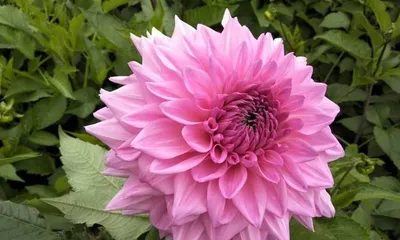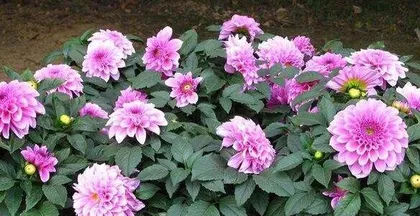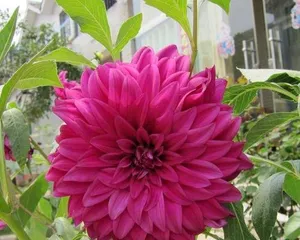As a common potted plant, Dahlia is widely used for interior decoration. However, many people are not aware of whether Dahlias are toxic or how to care for them properly. This article will provide a detailed introduction to the toxicity and care techniques of Dahlias, helping readers better enjoy the beauty of indoor green plants.

I. Toxicity of Dahlias
Dahlias are perennial herbaceous plants, and the entire plant contains certain toxins, especially the roots and leaves. If the leaves, stems, or roots of a Dahlia are ingested, it may cause gastrointestinal discomfort, vomiting, and other symptoms, and even lead to poisoning.
II. Selecting Dahlias Correctly
When purchasing Dahlias, choose plants that are healthy, with vibrant green, flat, and smooth leaves, and free from pests and diseases. If you find yellowed leaves, pests, or diseases on the plant, it is recommended not to buy it.

III. Proper Watering and Fertilizing
Dahlias are plants that prefer a humid environment, but overwatering can lead to root rot. When watering, be mindful of the amount, keeping the soil moist. Dahlias need regular fertilization, but excessive fertilizer can also cause root rot, so a suitable amount of fertilizer should be chosen.
IV. Proper Lighting Environment
Dahlias like a warm, humid, and bright environment, but they should not be directly exposed to the sun. When placing Dahlias indoors, choose a well-ventilated, sunny location and avoid direct sunlight.
V. Proper Temperature and Humidity
Dahlias prefer a warm, humid environment. The indoor temperature should not be too high or too low. At the same time, in a dry environment, Dahlias are susceptible to pests and diseases, so the health of the plant can be maintained by increasing indoor humidity.

VI. Proper Pruning Methods
Dahlias need regular pruning to maintain a beautiful plant shape. When pruning, use sharp scissors to avoid damaging the plant's tissue structure. After pruning, the Dahlia needs appropriate fertilization and watering to promote the growth of new shoots.
VII. Proper Pest and Disease Control
Dahlias are susceptible to pests and diseases such as aphids, spider mites, and whiteflies. When pests or diseases appear, appropriate pesticides can be used for control, but attention should be paid to the amount and method of use to avoid harming the plant.
VIII. Proper Repotting Methods
Dahlias have a well-developed root system, so they need to be repotted regularly. When repotting, first remove the old soil, check the root system, and choose a suitable new pot for transplanting. After transplanting, water and fertilize appropriately to help the plant recover and grow.
As an indoor decorative plant, although Dahlias are somewhat toxic, they can be kept healthy and beautiful with proper care and management. It is hoped that this article will help readers better understand the toxicity and care techniques of Dahlias, making their indoor green plants more beautiful.